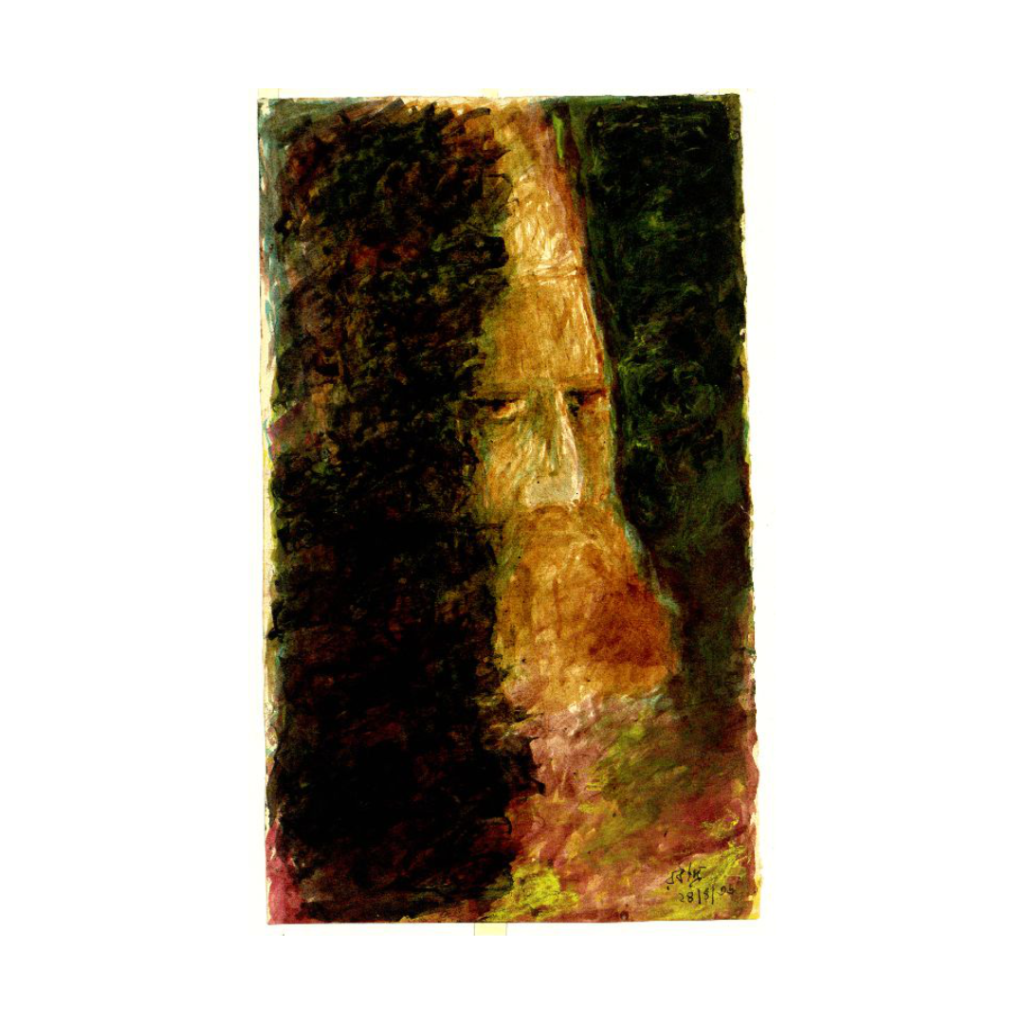
Some say that the focus on STEM (Science, Technology, Engineering and Mathematics) subjects in education began during the mid-19th century, in the context of the Industrial Revolution.
Much later, in the 20th century, World War II certainly highlighted the need for science and engineering expertise.
The Soviet Union’s launch of Sputnik in 1957 led the US to establish NASA and pass the 1958 National Defense Education Act, which funded STEM education to strengthen national competitiveness.
My own university was established in 1966 with its focus on STEM subjects underlined in its name: Bath University of Technology. It traces its technical origins to the Industrial Revolution and the creation of the Bristol Trade School in 1856.
That evolved into the Merchant Venturers’ Technical College in 1885, joined the Bath School of Pharmacy in 1929, separated from the University of Bristol in 1949 and had become the Bristol College of Science and Technology by 1963.
I compensated for the absence of an arts faculty at my university by joining its barbershop group (which we renamed as the Alley Barbers) and being the sound technician for musical productions staged in its Main Hall.
A few years after I left university, there was a revival of SMET/STEM in the 1990s, presumably because of the fascination/obsession of politicians of the day with “growth”.
The arts were seen as a ‘nice to have’ which were only there for entertainment or distraction but which were not associated with money or a good lifestyle, except for a lucky few who succeeded in becoming famous.
After the financial and economic crises in 2008, global adoption of STEM subjects surged again with initiatives like Educate to Innovate in the US.
Some efforts were made to inject the Arts into the world of STEM to emphasise creativity and interdisciplinary skills, resulting in STEAM.
Even so, since 2010, countries like India and China have concentrated on integrating STEM as part of their national strategies. Today, India leads in STEM graduates. In 2024, UNESCO and Huawei launched an initiative to revitalise STEM education.
Yesterday, I read that music producer Brian Eno has co-written a book called What Art Does.
As he explains in the video below, his original reason for writing the book was to provide a proper reply to the 15-year-old daughter of a friend who had once said to him “I wanted to go to art school, actually, because I really love doing art, but my teacher said I was too bright for that, so I should go for science subjects.”
His aim was to provide a book which a 15-year-old could understand and show to any teacher who was trying to convince them to focus on science subjects.
Rabindranath Tagore saw arts education as transformative, nurturing imagination, empathy, and holistic development.
He integrated arts into the curriculum of his school in Santiniketan to cultivate “harmony and unity,” believing that exposure to diverse cultures enriches human understanding. Students were encouraged to engage with nature and storytelling, linking creativity to spiritual growth.
Of course, the arts can become all consuming for some. In his book The Spirit in Man, Art and Literature, Carl Jung wrote that:
The essence of a work of art is…[its ability to rise above] the personal and speak from the mind and heart of the artist to the mind and heart of mankind. … Art is a kind of innate drive that seizes a human being and makes him its instrument.
At that level, the artist is in need of (financial) means of survival, which they may not be successful enough to have during their lifetimes.
On another level, and in the absence of a universal basic income, artists who are also innovative entrepreneurs can leverage the internet and the goodwill of their fans to become financially secure.
A prominent example is singer-songwriter Taylor Swift, whose success at engaging her community of fans (through storytelling, genuine engagement, surprise, shared experiences, and personalisation) has made her the first ever billionaire musician and provoked analyses in leading business media, such as The strategic genius of Taylor Swift in Harvard Business Review and How Taylor Swift’s Marketing Genius Can Inspire Your Business Strategy in Forbes.
The Bloomberg report above highlights some of the strategic business decisions Taylor Swift has made over the years to reach this point. In doing so, she has overturned a few traditional business models in the music industry, which tend to focus on compensating rights holders/distributors rather than the musicians themselves.
In any case, the arts are fundamental to human expression, cultural preservation, and societal development.
They provide a unique outlet for emotional expression, allowing individuals to communicate complex feelings and experiences that may be difficult to articulate through other means. This form of expression can have significant positive impacts on mental health, reducing stress, anxiety, and depression while increasing self-esteem and confidence.
Engaging in artistic activities offers a form of therapeutic relief, helping people process emotions and cope with life’s challenges.
Art also has the power to inspire social change by provoking thought, challenging perspectives, and sparking important cultural discussions. It serves as a mirror to society, reflecting current issues and encouraging viewers to analyze and respond to social, political, and cultural matters.
The arts facilitate human connection by allowing us to share experiences and emotions across cultural and linguistic barriers. They enhance our ability to empathise with others by exposing us to diverse perspectives and life experiences. This shared understanding contributes to building more cohesive and compassionate communities.
A couple of days ago, accepting the BAFTA award for outstanding British film, Edward Berger (the director of Conclave starring Ralph Fiennes, Stanley Tucci, John Lithgow and Isabella Rossellini) said:
We live in a time of a crisis of democracy, and institutions that are usually used to bring us together are used to pull us apart. Sometimes it’s hard to keep the faith in that situation. But that’s why we make movies, and that’s why we really made this movie. … To end with a quote from the great Leonard Cohen, “There’s a crack in everything, that’s how the light gets in.“
This would seem to confirm that Conclave and its tension between reformists and traditionalists is an allegory about the world’s decades-long shift to the right. Edward Berger’s comment was the first time I have heard someone referring to a crisis in democracy.
Better-known crises are still far from over: climate, cost of living, Middle East, Ukraine, … .
In their Byline podcast this evening, Byline Times editor Hardeep Matharu and co-founder Peter Jukes discussed “the first month of Donald Trump’s second run in-office, how America’s role in the world has changed, and what this means for the rest of us…”.
They suggested that the success of politicians like Donald Trump lies in their ability to communicate simplified solutions to complex problems without really being challenged by anyone (whether politicians or media) about the impact of those solutions.
Maybe the lack of critical thinking or even the attention span to consider the consequences of ego-driven policies reveals the limits of what people, including world leaders, can cope with in crisis situations purely on the basis of STEM education.
A rather different skillset is needed to manage complexity and chaos in times of crisis: one which includes creativity, innovation and collaboration … all of which those who love arts are probably better at than those relying purely on logic and science.
In my previous post, I had said that Kaberi and I might launch a YouTube channel with the themes of sustainability, wellbeing and technology. Our recent visit to Santiniketan led us to extend this to sustainability, the arts, wellbeing and technology.
We also decided to call the channel The Waterfall – the English title of a play written by Rabindranath Tagore in 1922 about a King who decides to exert power over the people who depend on the water from a waterfall by ordering his ‘machine king’ to build a dam across it.
The self-portrait at the start of this post was painted by Rabindranath Tagore in 1936. It is also known as The Awakening of the Waterfall, according to the late Professor Somendranath Bandhyapadhyay, who regarded it as one of the most significant paintings by Rabindranath Tagore.
It will provide the motif of our YouTube channel.
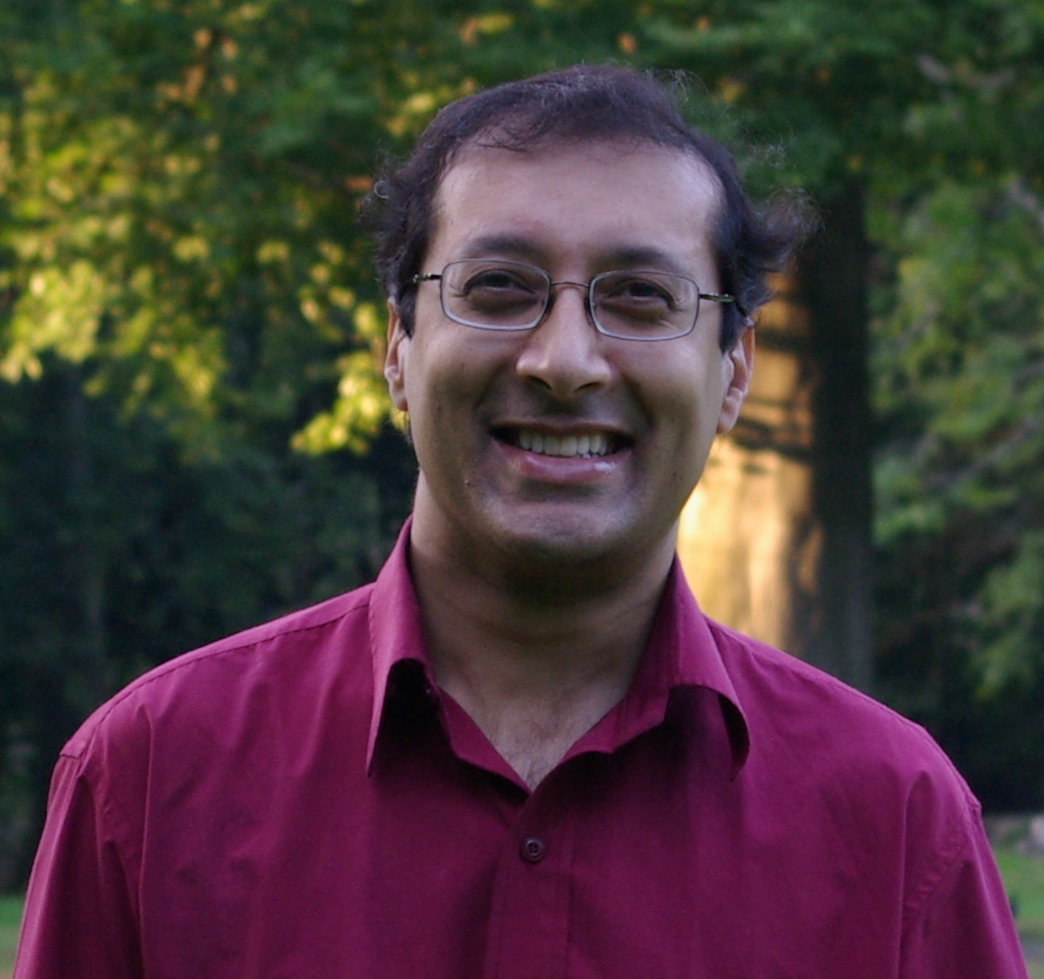
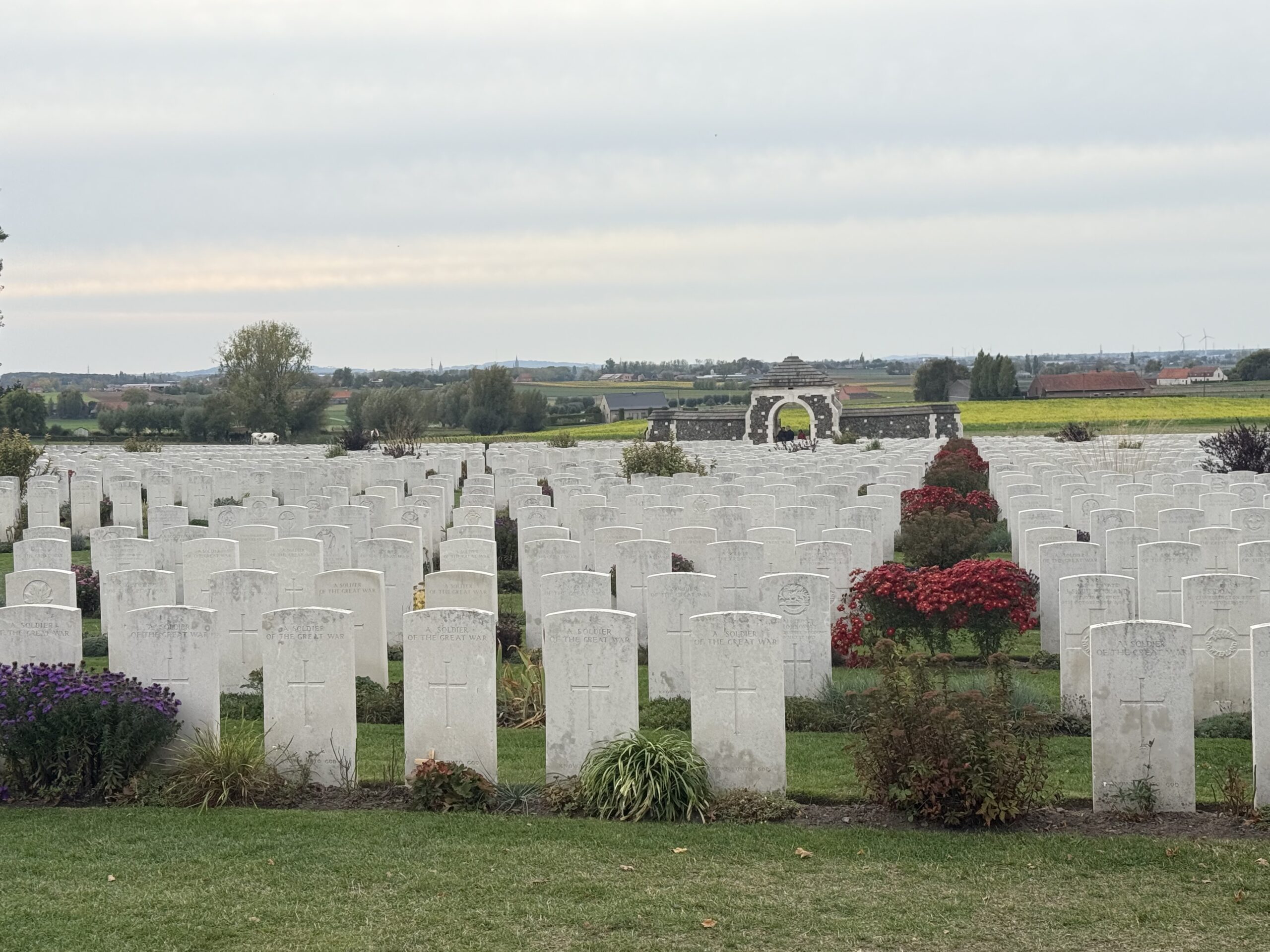
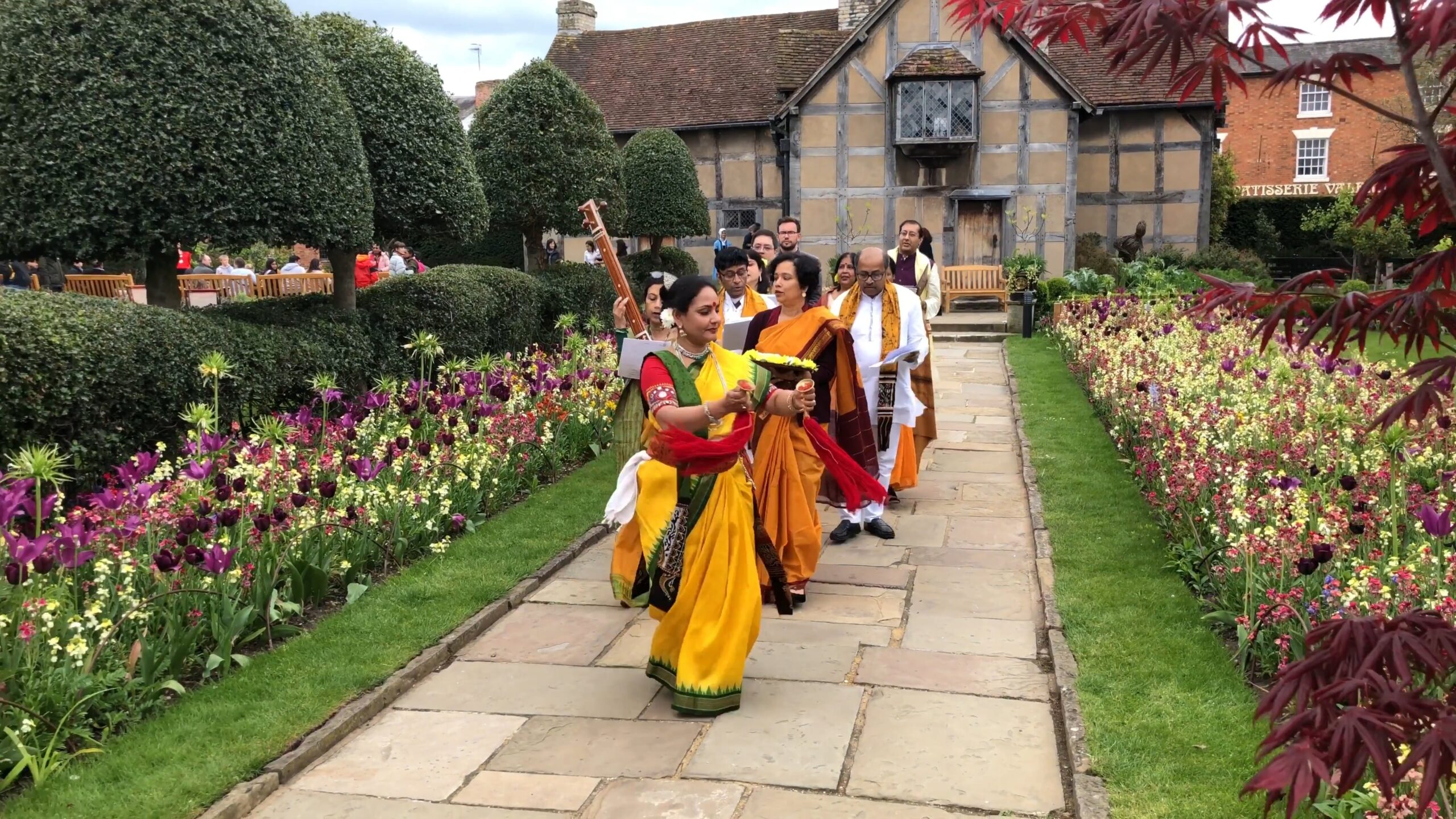
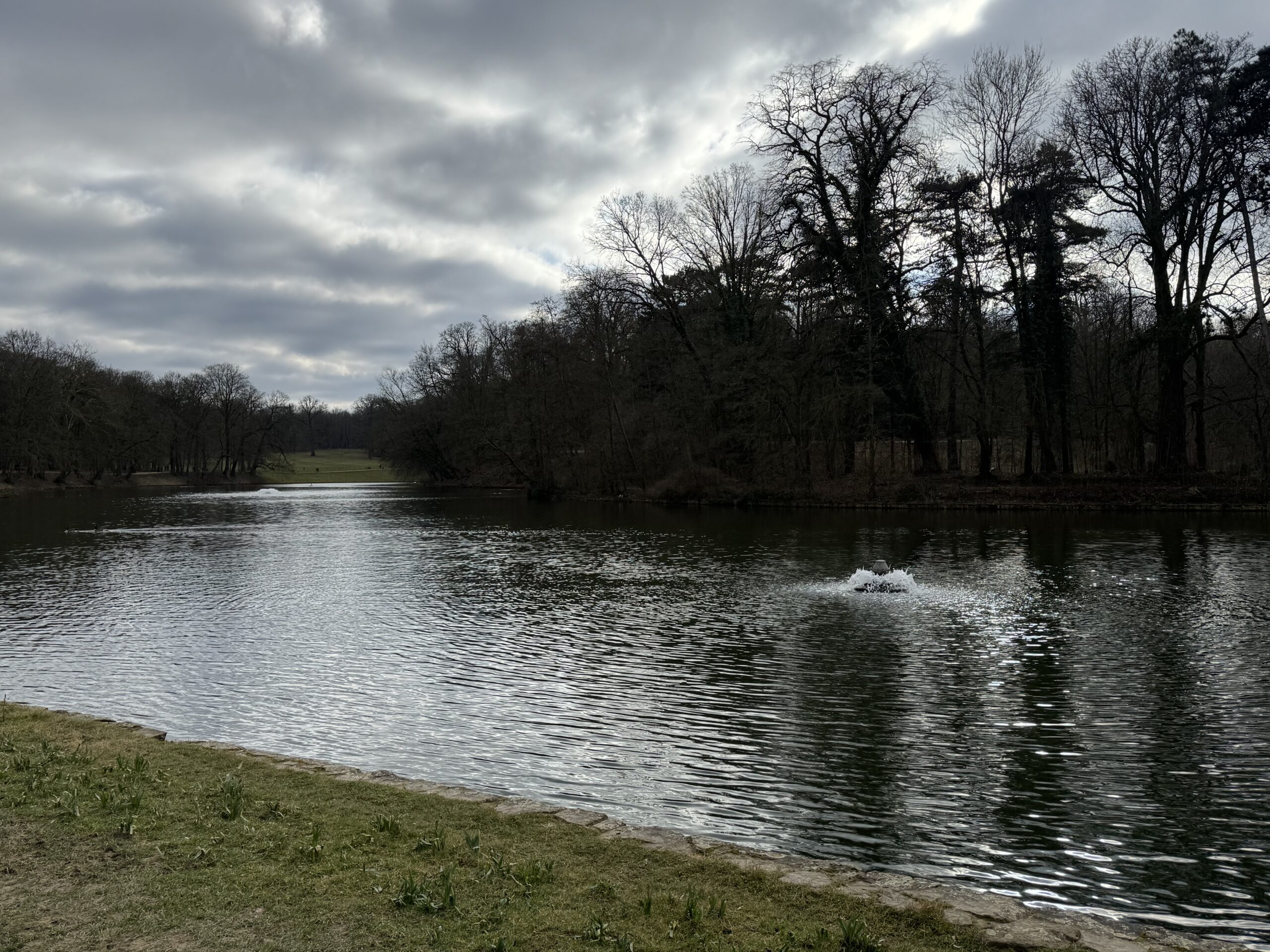
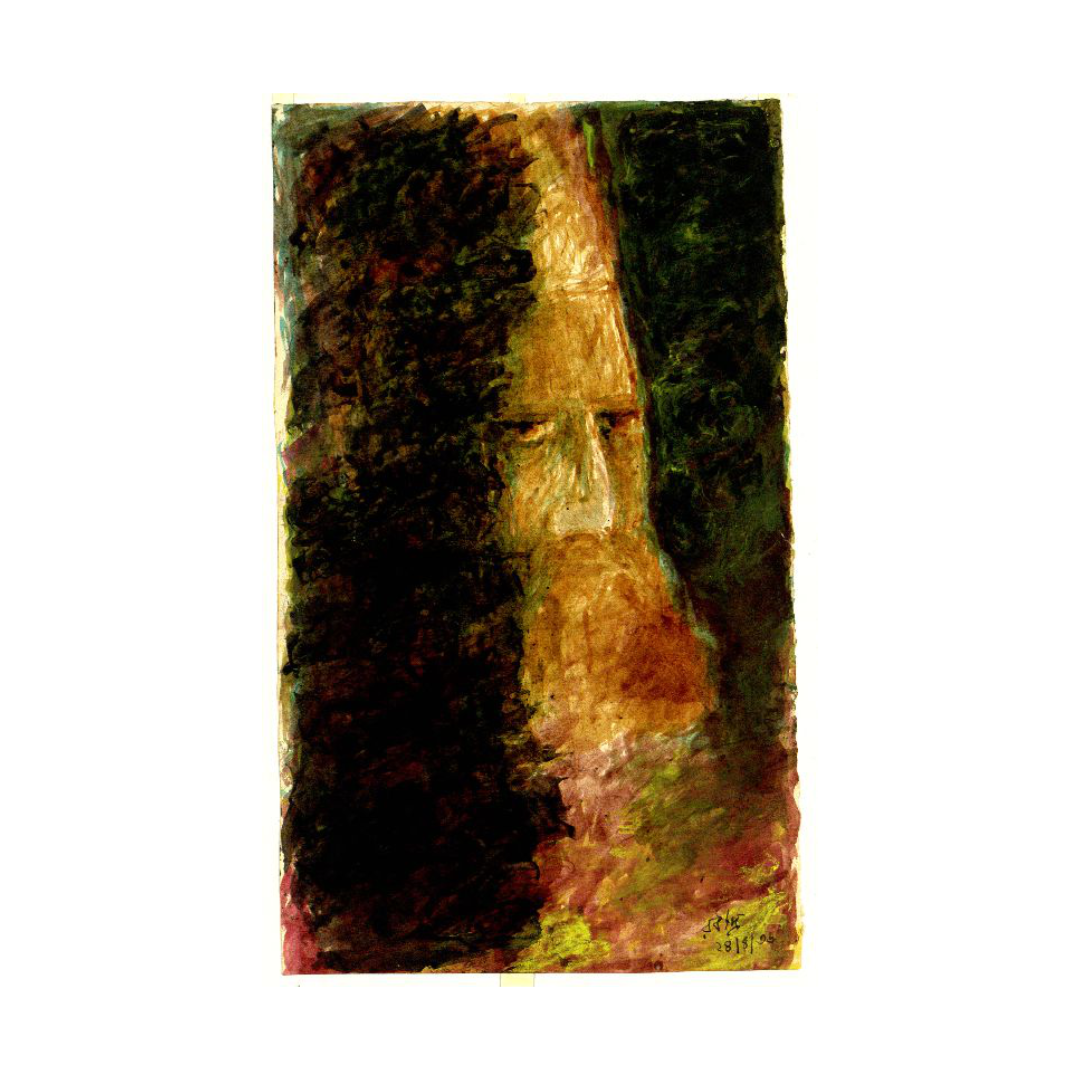
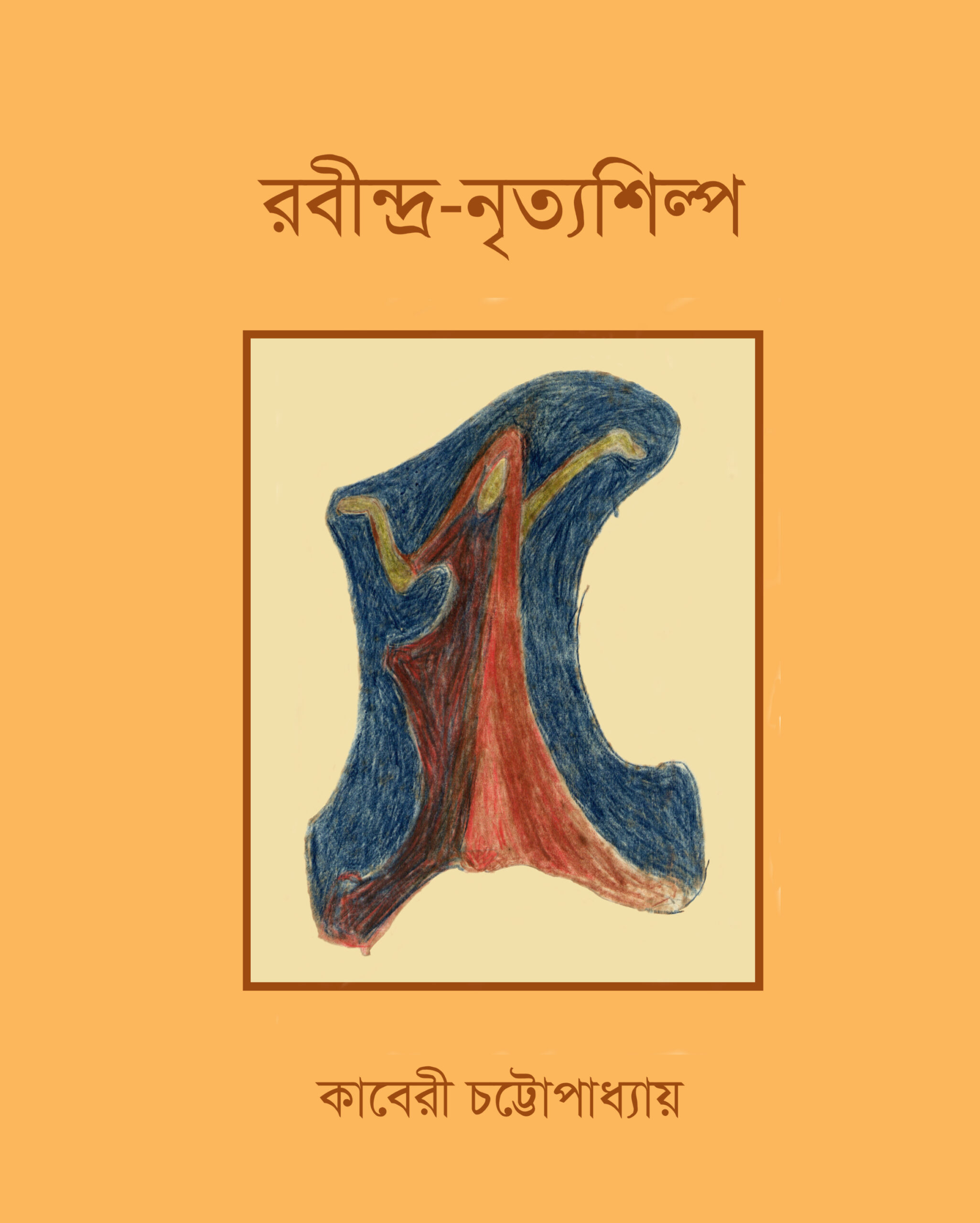
2 responses to “Why the arts are essential for humanity”
Very interesting Ohbi…
I must think of Arthur Schopenhauer who explains in his magnum opus”die Welt als Wille und Vorstellung” that humans are “motivated” by an undirected,wild and brutal “Trieb” of which we can liberate ourselves only through art , especially music. The fact that we keep making the difference between art and science stems from the ind Rev, indeed. Renaissance thinkers did not do this ( ex da vinci, Michelangelo etc…)
Thank you very much, Herman, for your thought-provoking comment and also for drawing my attention to Arthur Schopenhauer! I have found this Wikipedia article about his book, whose title apparently has three alternative English translations, including “The World as Will and Representation”. It seems that, although his original book was not very popular, the publication of its third edition in 1859 shortly before his death included a book about Aesthetics, which became very popular among artists – no other philosopher had given so much importance to art until then. This apparently made him the most popular German philosopher until World War 1.
Your comment about the Renaissance prompted me to look further into the origins of the distinction between the arts and sciences (with the help of Deep Research from Perplexity AI).
It all seems to be go back to Aristotle (384-322 BCE). He separated scientia (demonstrable knowledge derived from nature) from artes (skills requiring technical execution). He viewed science as the pursuit of essences and natural kinds through definition and categorisation, while arts involved external craftsmanship, such as sculpting or rhetoric.
Medieval universities then institutionalised this divide. The trivium (grammar, logic, rhetoric) and quadrivium (arithmetic, geometry, music, astronomy) formed the liberal arts curriculum, designed for free citizens, while theology, law and medicine comprised higher faculties. Science (natural philosophy) focused on understanding God’s creation through Aristotelian metaphysics, while the arts remained tied to manual or mental crafts – although the dominance of the Church meant that art predominantly illustrated biblical narratives while science explored divine order.
The Renaissance revived interest in Greco-Roman texts, blending art and science through figures – such as Leonard da Vinci merging anatomical study with artistic mastery. Humanism emphasised individual creativity.
Even so, the Aristotelian distinction persisted: science sought objective truths while art expressed subjective beauty. The arrival of the printing press expanded this separation in academic circles.
By the 18th century, Lairesse and others had formed a new artistic theory, shifting from classifying art in terms of content (portrait vs landscape) to modes of representation (brushwork, symbolism). Aesthetics emerged as a distinct field, framing art as mental endeavour, rather than a mere craft. Then came scientific revolutions: the discoveries of Copernicus and Newton emphasised the distinction between science’s empirical rigour, compared to art’s expressive goals.
Then came the Enlightenment, during which scientific societies like The Royal Society and Académie des Sciences institutionalised research while art academies, such as the Académie Française, codified aesthetic principles.
After that, universities formalised the split, with science faculties focused on natural philosophy and experimentation while arts faculties encompassed literature, history and social sciences. Romanticism in the 19th century further polarised these domains, celebrating art’s emotional depth, compared to science’s mechanistic worldview.
Then came the association of STEM subjects with innovation that I wrote about in my post.
So the current artificial boundaries between arts and sciences in education appear to be the legacy of centuries of classification. Still, as Leo Tolstoy observed, “Science and art are as closely bound together as the lungs and the heart.”
Maybe the current crises might lead to a more holistic approach, even in education.